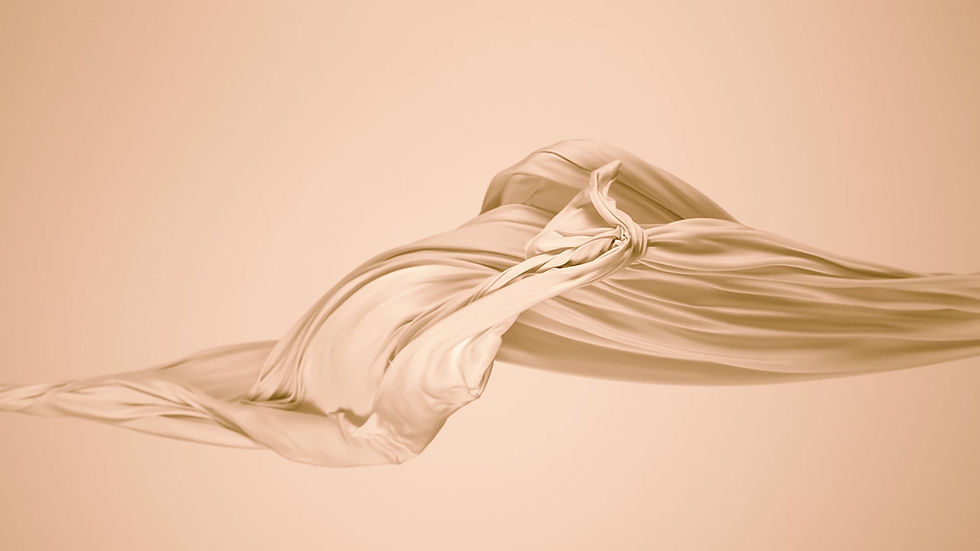THREADING
Perfectly Shaped Brows with the Best Threading at Proven Beauty!
Experience the best Threading in Lane Cove at Proven Beauty, where precision meets artistry. Our expert team specializes in best Threading Lane Cove services to give you perfectly shaped eyebrows and smooth, hair-free skin with minimal discomfort.
Looking for the best Threading in Sydney? At Proven Beauty, we offer expert best Threading Sydney treatments tailored to your unique facial structure for flawless results every time.
What is Threading?
Threading involves using a thin cotton or polyester thread that is twisted and rolled over areas of unwanted hair, plucking the hair from the follicle. It can be used to shape eyebrows, remove upper lip hair, or even tidy up areas like the cheeks or chin. The thread is controlled by a professional, who manipulates it in a way that quickly and precisely pulls out multiple hairs at once.
How Does Threading Work?
-
Thread Preparation: A long piece of thread is looped and twisted to create a series of knots. This looped thread is placed against the skin where hair removal is needed.
-
Hair Removal: The thread is twisted back and forth, trapping hairs in the loops and pulling them out by the root.
-
Precision: This method allows for precise shaping of eyebrows because individual hairs can be targeted. It’s especially good for creating clean lines and defined shapes.
Benefits of Threading:
-
No Chemicals: Threading is completely natural and doesn’t use chemicals, making it ideal for sensitive skin or those prone to allergies and irritation.
-
Precision: Threading offers excellent control for shaping eyebrows and other areas, as it can remove even the tiniest, finest hairs.
-
Long-Lasting Results: Because the hair is removed from the root, results last longer than shaving. Hair usually takes 2 to 6 weeks to grow back.
-
Minimal Irritation: Unlike waxing, which can cause skin to become red and irritated, threading is less likely to irritate the skin and is particularly good for sensitive areas.
-
Fast Process: Once the threading technique is mastered by the technician, it’s a quick process, often taking only a few minutes for smaller areas like the eyebrows or upper lip.
Popular Areas for Threading:
-
Eyebrows: Threading is renowned for creating perfectly shaped eyebrows, with a clean, defined line.
-
Upper Lip: Threading can remove fine hairs from the upper lip in a precise and quick manner.
-
Chin: It’s commonly used to remove unwanted chin hair.
-
Full Face Threading: Some people opt for full-face threading to remove peach fuzz and other unwanted facial hair for a smooth finish.
Does Threading Hurt?
Threading can be slightly uncomfortable, especially if you’re new to it, as it involves pulling hair from the root. The sensation is often described as a mild stinging or tugging. However, it’s generally less painful than waxing and becomes more tolerable after a few sessions. The pain level depends on individual sensitivity and the area being threaded. Areas like the upper lip tend to be more sensitive than the eyebrows.
Threading vs. Waxing:
-
Threading is more precise than waxing, which can sometimes remove too much hair at once or cause irritation from the wax. Threading is also considered better for sensitive skin, as it doesn’t involve chemicals or heat.
-
Waxing covers a larger area more quickly, so it may be more efficient for removing hair from large areas like the legs or arms. However, it can irritate the skin, especially on the face.
Aftercare for Threading:
-
Avoid Touching: Try not to touch the threaded area immediately after treatment to prevent irritation or infection.
-
Cool Compress: Use a cold compress or apply soothing products like aloe vera gel if your skin feels irritated or red after threading.
-
Avoid Sun Exposure: The skin may be sensitive after threading, so it’s important to avoid direct sunlight or use sunscreen to protect the skin from UV rays.
-
Moisturize: Apply a light, fragrance-free moisturizer to keep the skin hydrated.
How Often Should You Get Threading Done?
Threading results last 2 to 6 weeks, depending on your hair growth rate. Many people get their eyebrows or facial hair threaded every 3-4 weeks to maintain the shape and smoothness.
Why is Proven Beauty the best salon for threading in Lane Cove?
Proven Beauty stands out as the top choice for threading in Lane Cove due to our highly skilled therapists and dedication to precision. We use a natural, chemical-free technique to create perfectly shaped brows and smooth, hair-free skin. Our relaxing environment ensures a comfortable experience, making us the trusted destination for threading in Lane Cove. For flawless results and exceptional service, Proven Beauty is the ultimate choice for all your needs in threading in Lane Cove.


